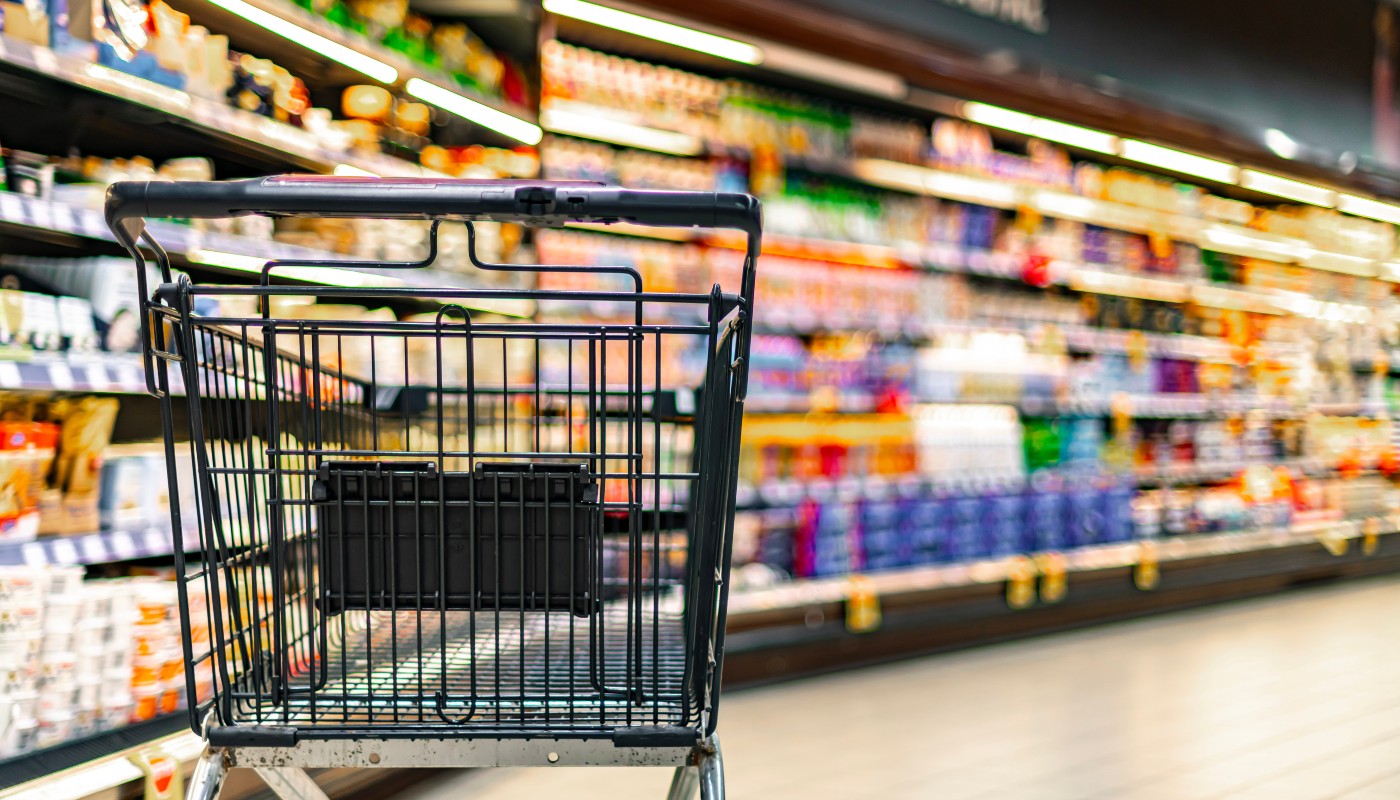How to read food labels
We teach you the best tips for reading food labels if you follow a gluten-free, sugar-free, or organic diet. Learn now!
how to shop
Share

What the ‘organic’ label means
Organic (or Eco) Product: An organic product is one resulting from cultivation without synthetic chemical additives, promoting sustainability and environmental care, in addition to having all the certificates of the European Union and the Council of Organic Agriculture regarding its place of origin.
What the ‘gluten-free’ label means
The ‘gluten-free’ logo on food products is a symbol indicating that the product has been made without the presence of gluten. Gluten is a protein commonly found in cereals, such as wheat, barley, and rye, which can cause health problems in people with coeliac disease or non-coeliac gluten sensitivity.
When a product bears this logo, it means the manufacturer has taken measures to avoid cross-contamination with gluten during production.
However, if a food does not carry the ‘gluten-free’ logo, it does not necessarily mean that the product contains gluten. Some foods naturally do not contain gluten, such as fruits, vegetables, fresh meats, cheeses, milk, eggs...

How to read nutrition labelling correctly
Reading a food product's nutritional information is essential to understand what nutrients the food is providing and in what amounts. Here are some key details on how to interpret nutritional information on food labels:
- Calories: shows the total amount of calories per 100g of product. This value includes calories from fats, carbohydrates, proteins and other components present in the food.
- Fat: Divided into total fat and saturated fat. It is important to limit saturated fat intake and generally choose healthier fat sources.
- Carbohydrates: includes the total amount of carbohydrates as well as sugars.
- Sugars: shows the total amount of sugars present in the product. It is useful to distinguish between naturally occurring sugars (present in fruits) and added sugars.
- Protein: indicates the amount of protein per 100g.
- Vitamins and Minerals: The label may provide information on the presence and amount of certain vitamins and minerals, expressed as a percentage of the Nutrient Reference Value (%NRV).
- List of Ingredients: lists the ingredients in descending order according to their weight in the product. Ingredients are presented under their common or scientific names.
- Allergens: Some labels indicate the presence of common allergens, such as milk, wheat, peanuts, etc.
Tips for identifying sugar levels on labelling
People with diabetes should pay special attention to several aspects in the food nutrition table. The key areas are:
- Carbohydrates: because they have a significant impact on blood glucose levels.
- Dietary Fibre: Can help control glucose levels. A higher fibre content can help reduce the rapid rise in glucose after eating.
- Sugars: Controlling sugar intake is essential for maintaining stable glucose levels.
- Saturated Fats: Controlling your intake is important for cardiovascular health, especially relevant for people with diabetes.
- Proteins: These may have a minor effect on glucose levels, but they are also an important part of the diet, so balancing proteins in the diet is recommended.
- Salt: Hypertension is a common risk in people with diabetes. Controlling salt intake is crucial to maintaining cardiovascular health.

Other labels
- SUGAR-FREE: When a food carries the label 'sugar-free,' it means that no sugar has been added during the manufacturing process. However, this does not necessarily mean that the product is completely free of sugars, as it may contain naturally occurring sugars in the ingredients, such as fruits or dairy products.
- LIGHT: For a food product to be labelled as 'light' in relation to reduced fats or sugars, it must have at least 30% less of these substances compared to similar products on the market.
- HIGH PROTEIN or PROTEIN-RICH: It can only be declared that a food has a high protein content, or any similar statement that may be understood to have the same meaning by the consumer, if proteins provide at least 20% of the food's energy value.
- SOURCE OF... And HIGH ... CONTENT: Regulation (EU) No. 1169/2011 on food information provided to the consumer is used. For a food to be labelled as a ‘source of' a vitamin or mineral, it must contain at least 15% of the Nutritional Reference Value (NRV) per 100 g or 100 ml of the product. To use the label ‘high ... content’, the content of that vitamin or mineral must be at least 30% of the NRV.
The reference values are:






